In the past few years, artificial intelligence (AI) has been on the rise. The advancement of these technologies is exciting but can also be somewhat concerning at times with the power it holds. There are different forms of AI, especially Chat GPT which is used by many. These tools are an outlet that provide human-like conversations that can be a service to people. On this platform, people can discuss making recipes, creating music, and even writing papers with the robot. Although this seems like an incredible advancement in technology, it is scary to think how well AI can replicate human knowledge and culture.
Specifically, AI is used by students to cheat their way through assignments by having the robot write their papers for them using Chat GPT. This is an incredibly easy task to pull off where people can type “write an article on the advancements made during Russian Revolution” for example, and AI will write it for them. However, this strategy is not always foolproof for teachers already aware of this issue. Teachers can try to prevent this from happening by using their knowledge of how students write on their own vs the AI. These methods include proof-reading websites like Turnitin.com that check for probability between papers and sources to ensure no cheating is involved.
To get to the bottom of this controversy, anonymous student and teacher sources expressed their own experiences and opinions on the use of AI in school.
To hear from an authoritative perspective, 10th grade English teacher, Mrs. McCulloch, explained her personal experience on using AI, stating, “I used it to help my husband write a letter of recommendation for a coworker.”
Next, she shared her encounters with students using AI in school. “I’ve encountered a lot of students using AI before. Usually, it’s easy to tell because it’s superficial knowledge. It sounds kind of robotic and not the way you guys write. To prevent kids using AI, we use turnitin.com. If I know that someone used AI usually, I will make sure I talked to them. It’s okay to use it for ideas. It just can’t write it.”
Finally, McCulloch expressed her views on the use of AI in general. “I think it depends. I think it has a lot of abilities to make things efficient, right? So, if you ask for help from ChatGPT using a recipe, it can be useful. But if it’s to write something for you, instead of using critical thinking, I think that is dangerous. I think as long as you’re using it as a tool and not a replacement for intelligent thought, then it’s okay.”
McCulloch provides an interesting perspective to the use of AI, explaining that it can be useful when used with integrity, however, normally with students, she tries to prevent the use of it so that it doesn’t make them rely on a robot for their own critical thinking.
Moving on to the students’ side of the issue, an anonymous source answered with their own involvement with AI, responding, “Yes, I have. I had to do this two-minute speech in my English class once, and I use ChatGPT to write me an essay. I’ve used it outside of school too, but I also used it to do a presentation one time to get more information faster with more detail.”
When this student was asked their opinion that AI can be useful or harmful to our education, they replied, “I think it can definitely be useful to get more information on more specific topics, but I think it can also take away the integrity with what reason you’re using it, like in your education.”
This student source explains that AI can be used as a fun outlet, but it can also be harmful in the school environment, even though it is helpful.
Lastly, freshman cornerstone and myths and legends teacher, Ms. Tuinstra, expounded on her encounters with artificial intelligence, remarking, “Yes, I’ve used many versions of AI such as generative forms; we all use multiple versions of AI every day like Google Translate, Siri, Duolingo, etc. My favorite one for the classroom is probably ChatGPT for lesson planning and quiz making as well as Auto Draw.”
Although Tuinstra already gave insight to the helpful uses of AI, she comments on the dangerous parts of the platform, responding, “AI is the next tool for education – it is here, and by ignoring it, and its potential, we do a disservice to our students. Sure, there are ways that AI use violates the integrity we want our students to have, but – more importantly – there are ways we can embrace and grow with AI to be better thinkers, creators, and consumers of information.”
However, she explains that students should be careful with AI, continuing, “It is built around repetition of patterns – and therefore has the implicit biases of its creators. Don’t trust AI with current events! Its patterns are at least a couple of years old (ChatGPT is Jan 2022).”
Tuinstra describes that in class, students will use AI unethically as a shortcut for their own thinking and personal knowledge. She adds that more people should be encouraging students to use AI the correct way, “That’s why teachers, even parents and community leaders, should be showing students how to use it without diminishing their learning. It’s a matter of access – not all students know that AI is a tool used to enhance their learning, and not an excuse to avoid learning.”
Lastly, Tuinstra repeats that she doesn’t want to prevent AI usage, and that she instead wants to encourage students to use it as a resourceful tool. She insists, “We are so lucky that we have this new ‘trick’ to add to our teaching and learning methods – it will make us rethink and reassess our systems, and that means none of us get stagnant. Teaching has changed a lot since I first opened my own classroom door in 1997 . . . and it will continue to change. It’s exciting!”
All things considered, it seems that AI can be useful and harmful, depending on how it is used. There truly was no consensus with contrasting views from each perspective. McCulloch showed how AI is used negatively in the classroom, with kids using it to cheat their way through their work. The anonymous student gave interesting points, explaining that students honestly use AI as a creative aid for work, although it can be detrimental to students’ way of thinking critically. In closing, Tuinstra shared unique views as a teacher who says we are lucky to have this kind of technology accessible to us and that it is here to stay. Furthermore, she encourages students to use AI as an advanced creative tool. Overall, AI can be used as a shortcut around using knowledge organically as well as a helpful outlet for exploring more inventive ideas; it just depends on how people, specifically students, choose to use it.


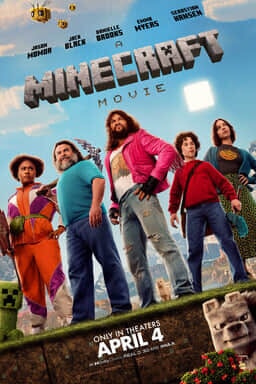
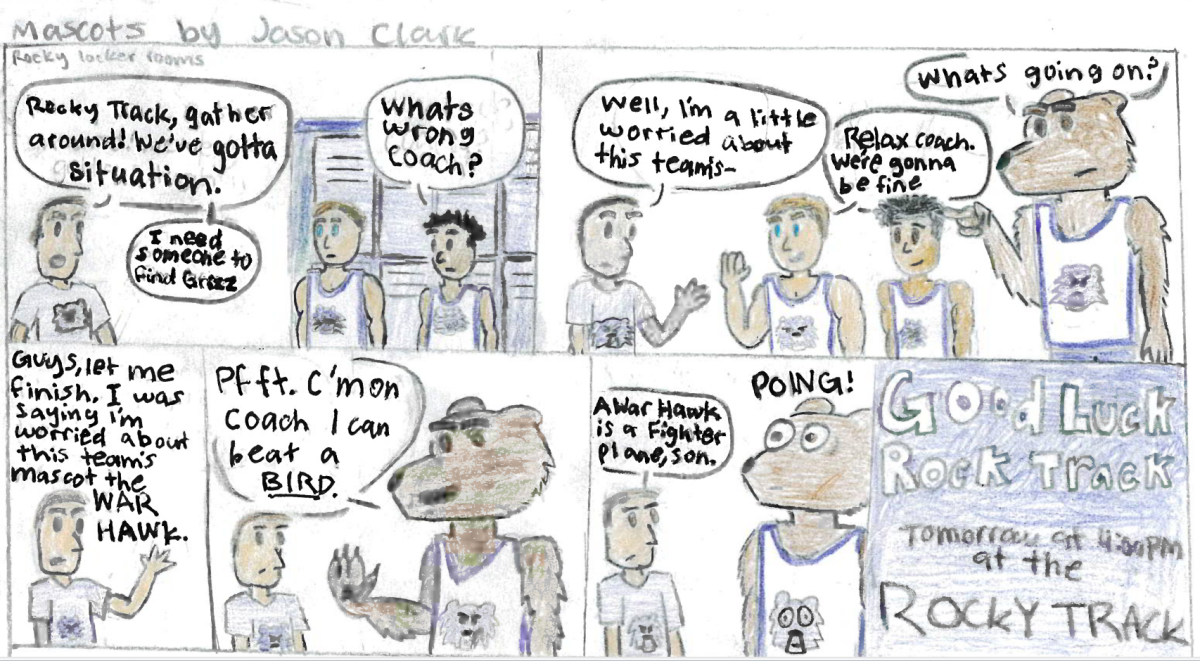

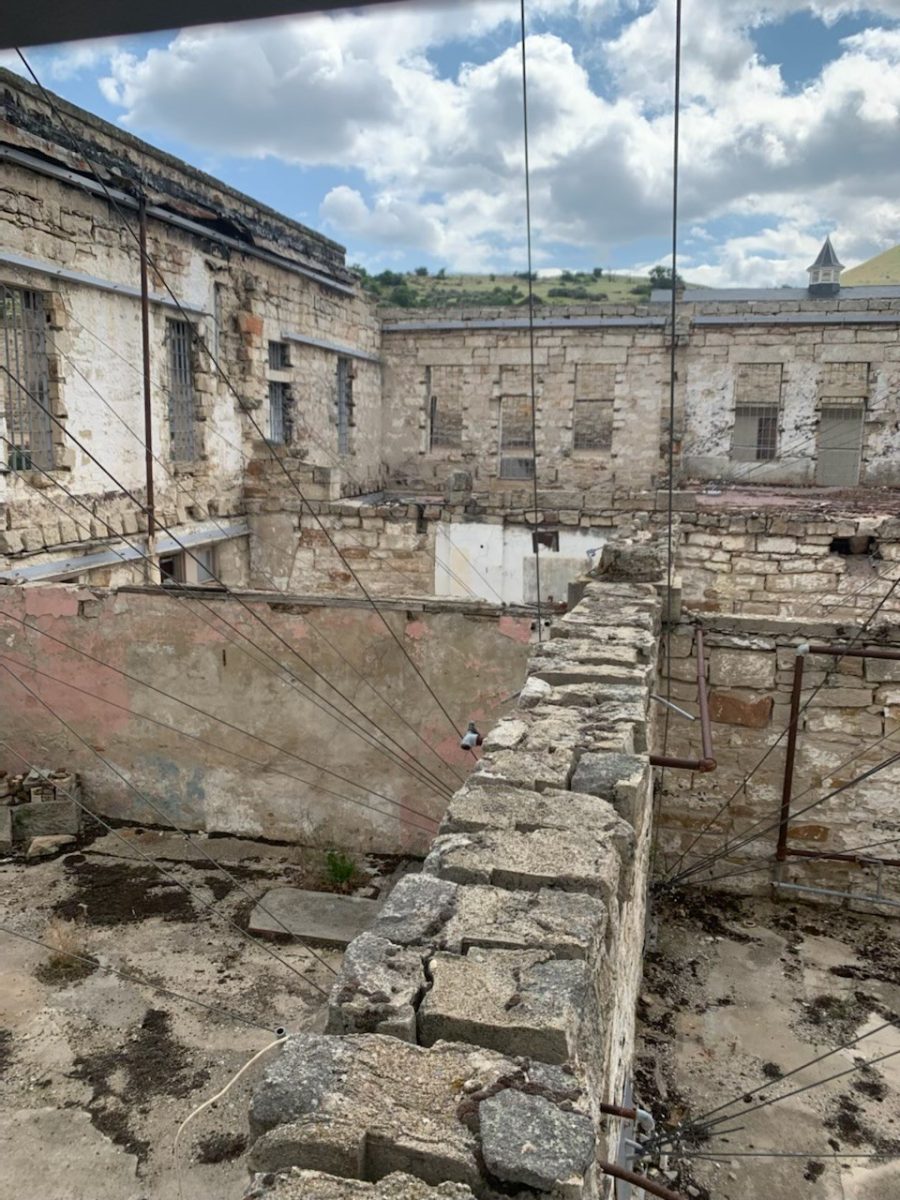


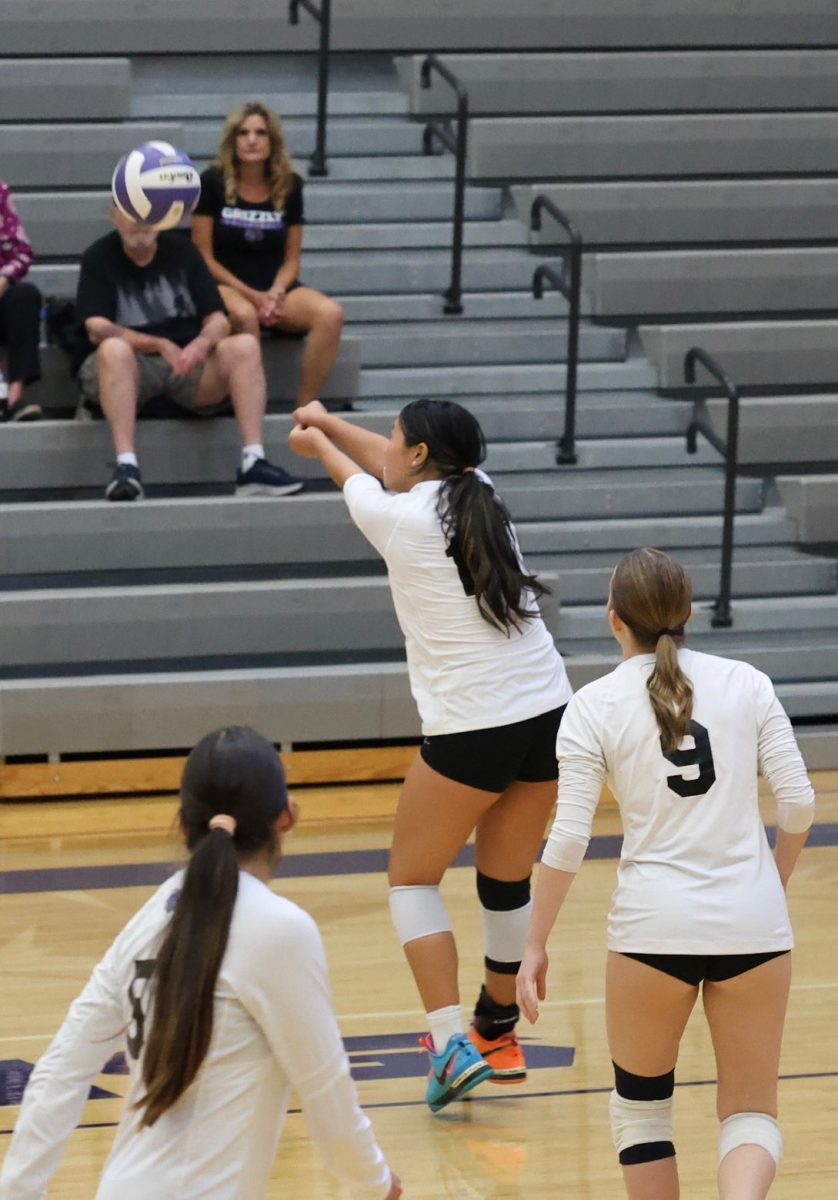
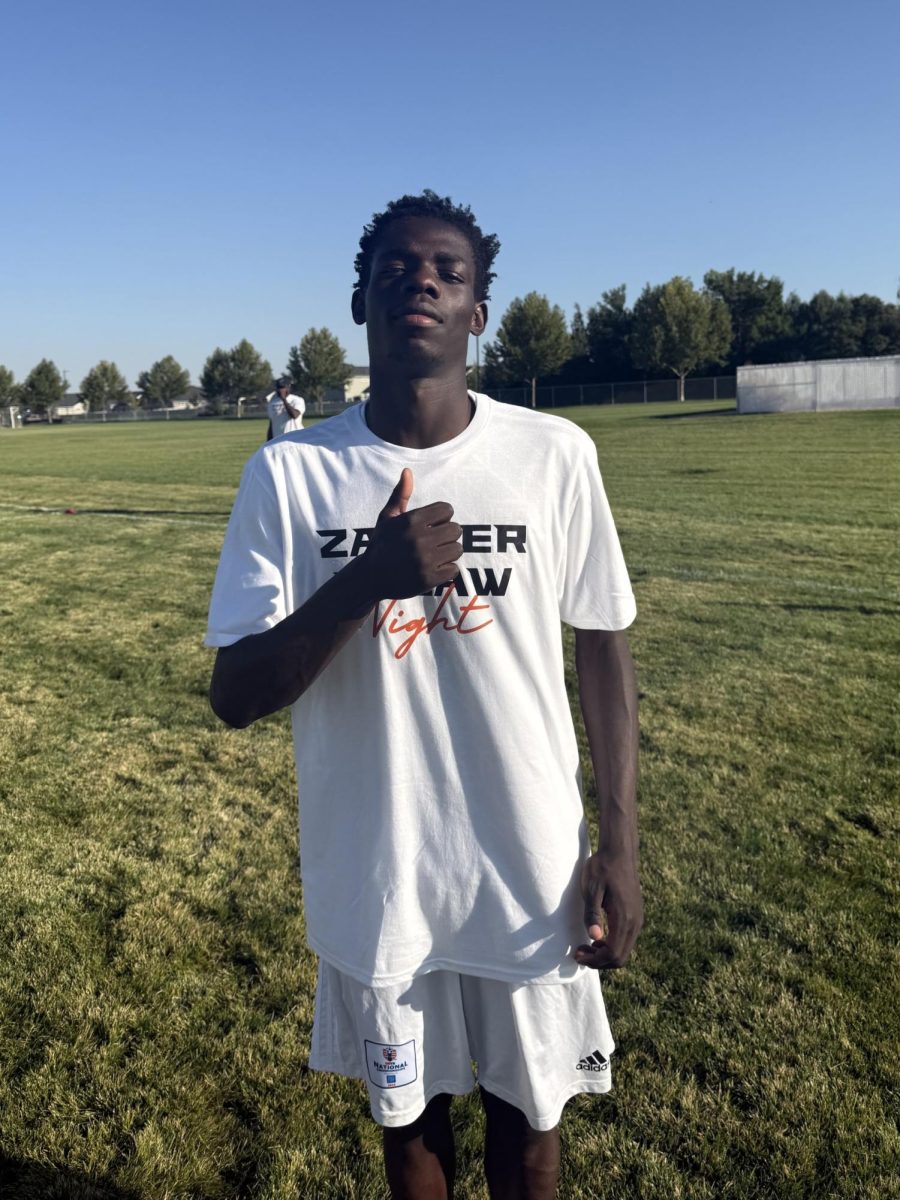
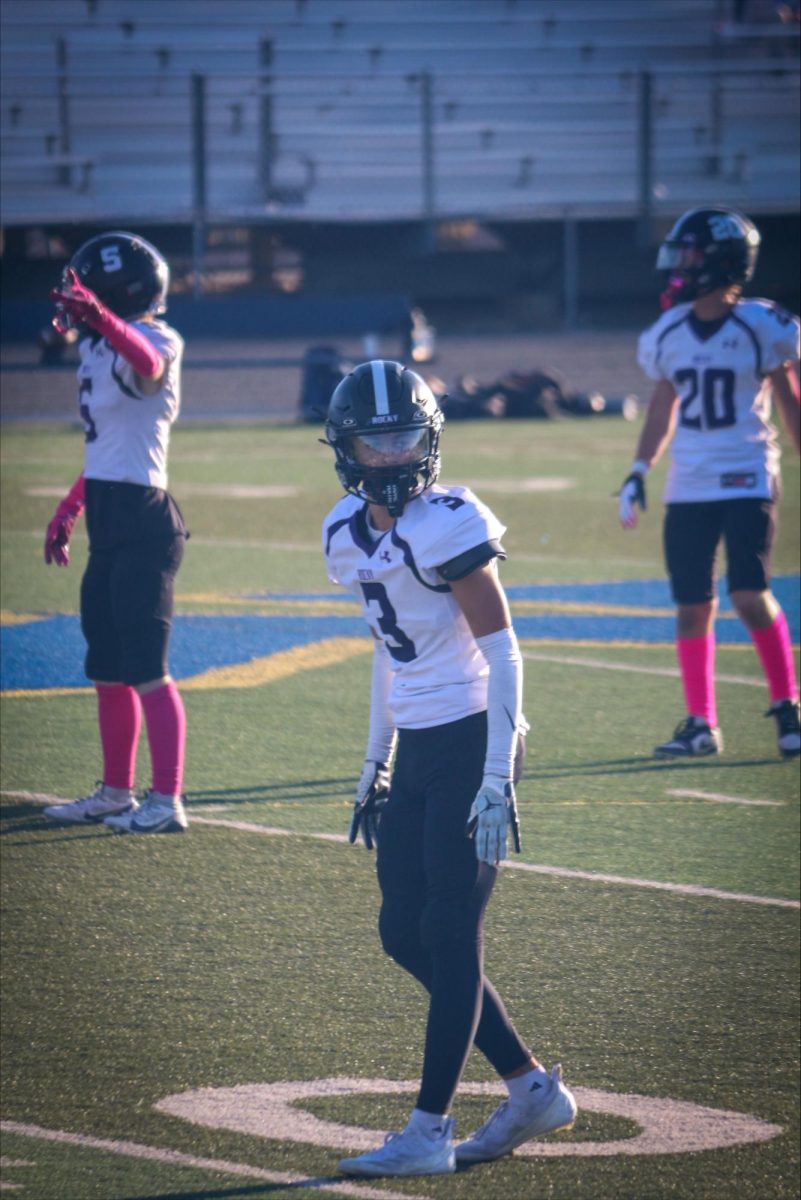


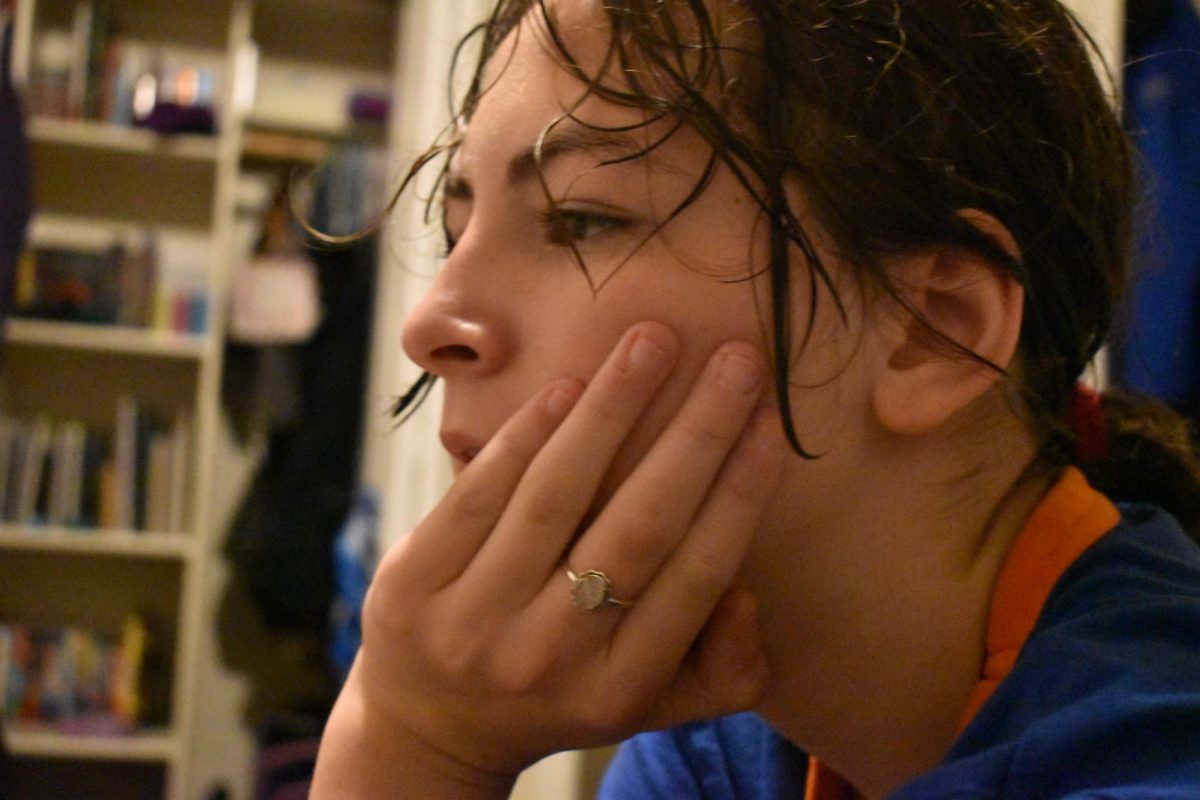

Emina • Apr 2, 2024 at 7:53 am
This is a great article! I really enjoyed reading about Ai intelligence and how people use it here at rocky. As well as how really easy it is to use. Like an example I got from the article, was writing your English papers with the help of Ai.
Riad Syla • Apr 2, 2024 at 7:48 am
The amount of people i know that have gotten away with not using their own critical thinking when typing something up for english class. It is very tempting to use AI for these things but i don’t think that’s what they were made for.
Sophia Martinez • Apr 2, 2024 at 7:45 am
I think IA can be useful for Westada and can help us learn more things at a time with less preparation. Teachers can use it to have extra time to get prepared for a lecture and still be able to teach their students something. I did this comment in Tuinstras class.
BBC GAMING (Numero Uno HamsterFragment Fanboy) • Mar 14, 2024 at 10:49 am
ai more like yucky !!!!!!!!!!!!!!!!!!!!!!!!!!!!!!!!!!!!!!!!!!!!!!!
Alicia Minert • Feb 28, 2024 at 9:16 am
this is so interesting!